Use of Weather Information
Today’s pilots enjoy an abundance of weather information sources, but having weather information available is only part of the weather decision-making equation. Knowing how to acquire, interpret, and make operational decisions based on weather information is essential to safe flying. This #FlySafe topic acquaints general aviation pilots with available weather information sources and offers guidance on making well-informed weather decisions.
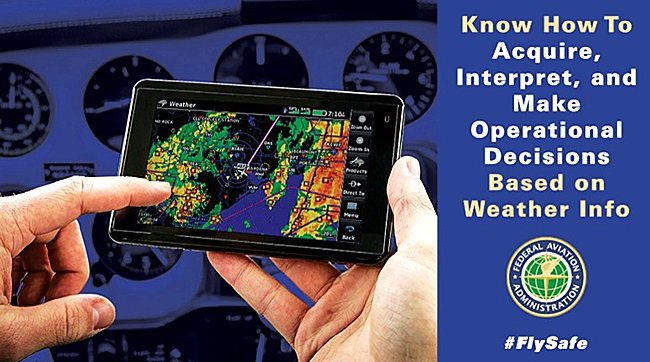
Plenty of Sources
You may think you have more than enough weather information, but having that information available is just part of your decision-making equation. You need to know how to acquire, interpret, and make operational decisions based on that information.
Weather depiction charts are designed to be used for flight planning by giving an overall picture of the weather across the United States.
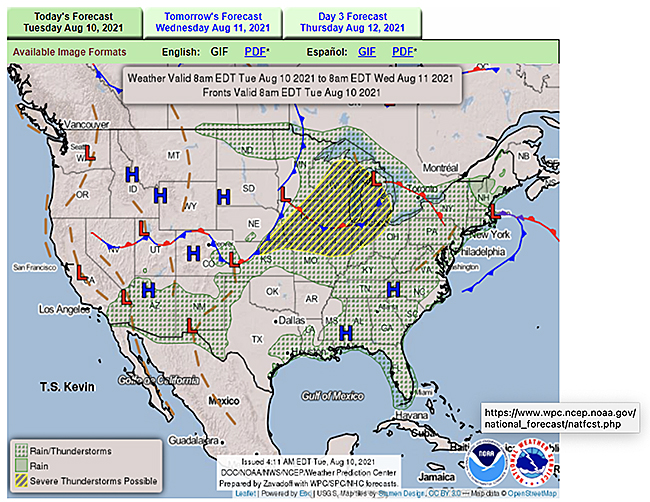
Watch ‘Use of Weather Info in 57 Seconds’
https://www.youtube.com/watch?v=o4_3u3BH87s&list=PL5vHkqHi51DQdF_PXKQT7uJUPd4UzlxNS
Study and Evaluate
Once you obtain weather information needed for your flight, it’s important that you study and evaluate it in order to understand what it means.
The knowledge tests for most pilot certificates include questions about weather theory and the use of weather products in aviation. However, it takes continuous study and experience to develop your skill in evaluating and applying weather data to a specific flight.
You might find it helpful to approach the task of practical, real world weather analysis with several basic concepts in mind.
The three basic elements of weather are:
- Temperature (warm or cold)
- Wind (a vector with speed and direction)
- Moisture (or humidity)
Temperature, wind, and moisture combine to varying degrees to create conditions that affect pilots. The range of possible combinations is nearly infinite, but weather primarily affects pilots in three ways:
- Visibility
- Turbulence
- Effects on Aircraft Performance
How Will the Weather Affect You?
One approach to practical weather analysis is to review weather data in terms of how current and forecast conditions will affect visibility, turbulence, and aircraft performance for your specific flight.
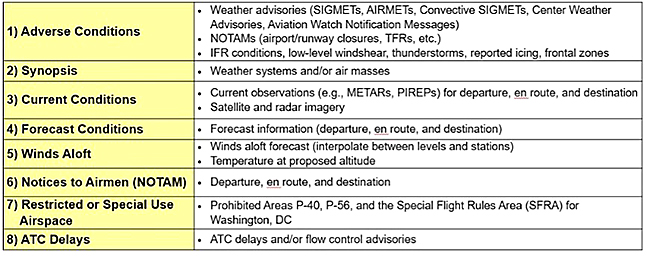
Suppose you want to make a flight from Cincinnati Municipal Airport (LUK) to Ohio State University Airport in Columbus (OSU). You want to depart LUK around 1830Z and fly VFR at 5,500 MSL. Your estimated time enroute is approximately one hour.
→ Your first step is to look at your weather data in terms of the ways that weather can affect your flight — turbulence, visibility, and aircraft performance. Organize the information into a format that works for you, and then make the decision. Make an honest evaluation of whether your skill and/or aircraft capability are up to the challenge posed by this particular set of weather conditions.
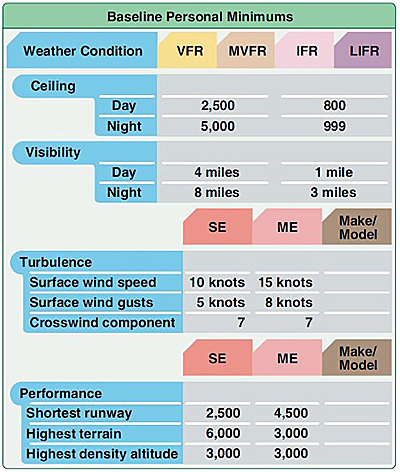
It is very important to consider whether the combined “pilot-aircraft team” is sufficient.
→ For example, you may be a very experienced, proficient, and current pilot, but your weather flying ability is still limited if you are in an older aircraft with no weather avoidance technology.
→ On the other hand, you may have a new aircraft with all the bells and whistles, but if you don’t have much weather flying experience, the aircraft can’t compensate for your own lack of experience.
→ You must also ensure that you are fully proficient in the use of onboard equipment, and that it is functioning properly.
→ One way to “self-check” your decision (regardless of your experience) is to ask yourself if the flight has any chance of appearing in the next day’s newspaper. If the result of the evaluation process leaves you in any doubt, then you need to develop safe alternatives.
Think of the preflight weather plan as a strategic, “big picture” exercise. The goal is to ensure that you have identified all the weather-related hazards for this particular flight, and planned for ways to eliminate or mitigate each one.
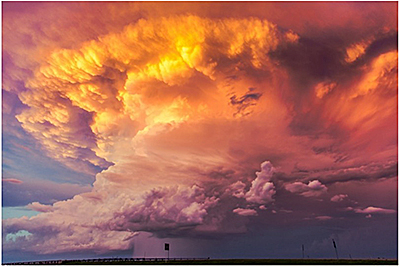
Escape Options: Know where you can find good weather within your aircraft’s range and endurance capability. Where is it? Which direction do you turn to get there? How long will it take to get there? When the weather is instrument meteorological conditions (ceiling 1,000 feet or less and visibility 3 nm or less), identify an acceptable alternative airport for each 25–30 nm segment of your route.
Reserve Fuel: Knowing where to find visual flight rules (VFR) weather does you no good unless you have enough fuel to reach it. Flight planning for only a legal fuel reserve could significantly limit your options if the weather deteriorates. More fuel means access to more alternatives. Having plenty of fuel also spares you the worry (and distraction) of fearing fuel exhaustion when weather has already increased your cockpit workload.
Terrain Avoidance: Know how low you can go without encountering terrain and/or obstacles. Consider a terrain avoidance plan for any flight.
Finally, fly regularly with a flight instructor who will challenge you to review what you know, explore new horizons, and to always do your best.
Learn More
- “I’ve Got Weather — Now What Do I Do With It?” March/April 2015, FAA Safety Briefing, page 26
- AC 00–45H, Aviation Weather Services
- FAA Risk Management Handbook (Chapter 13)
- AC 91–92 , Pilot’s Guide to a Preflight Briefing
- NTSB Safety Alert, In-Cockpit NEXRAD Mosaic Imagery(PDF)
- Predict Icing Conditions in 57 Seconds
Take the FAA Safety Team’s course on Aviation Weather Data:
Reprinted with permission from FAA Safety Briefing. Visit the Flight Safety Briefing website: https://www.faa.gov/news/safety_briefing/



